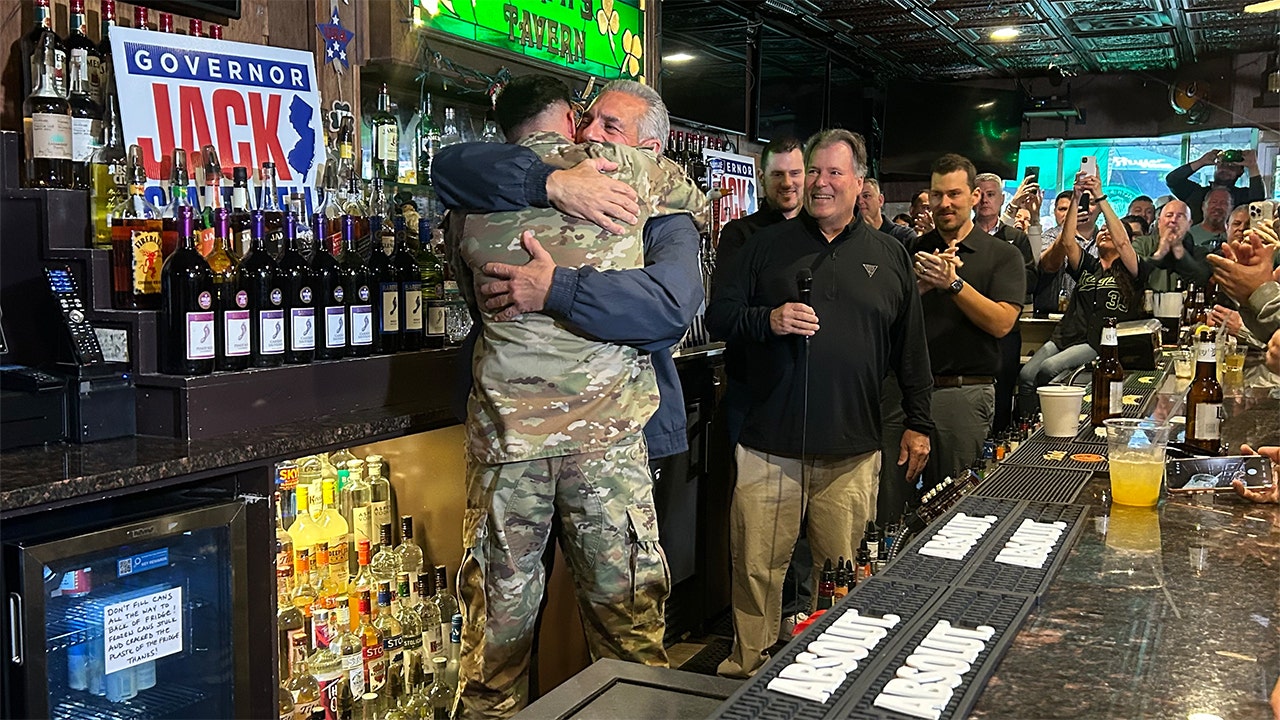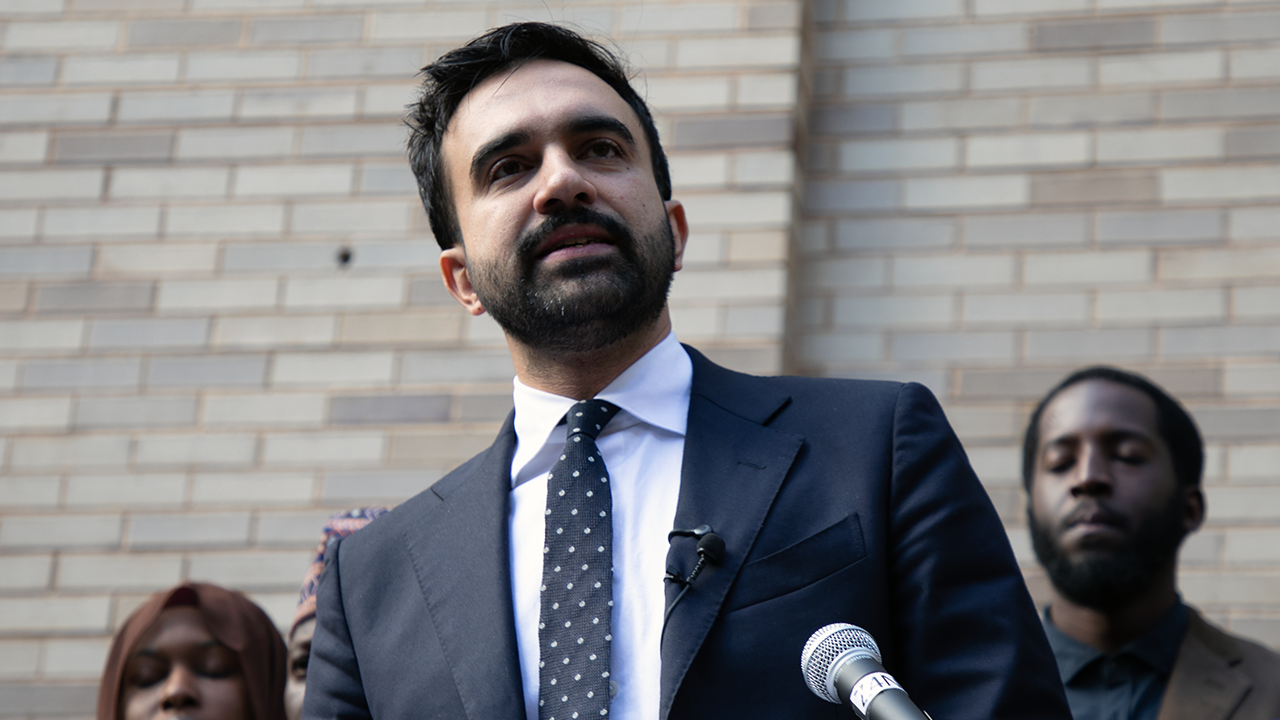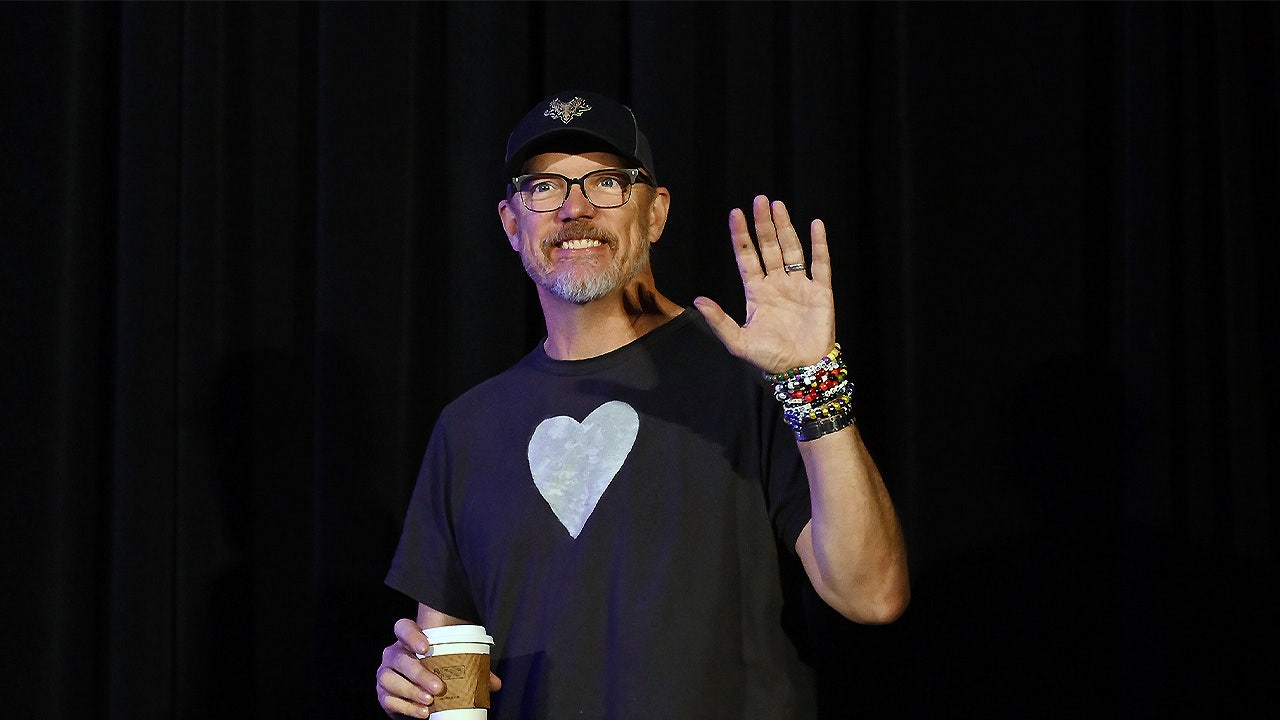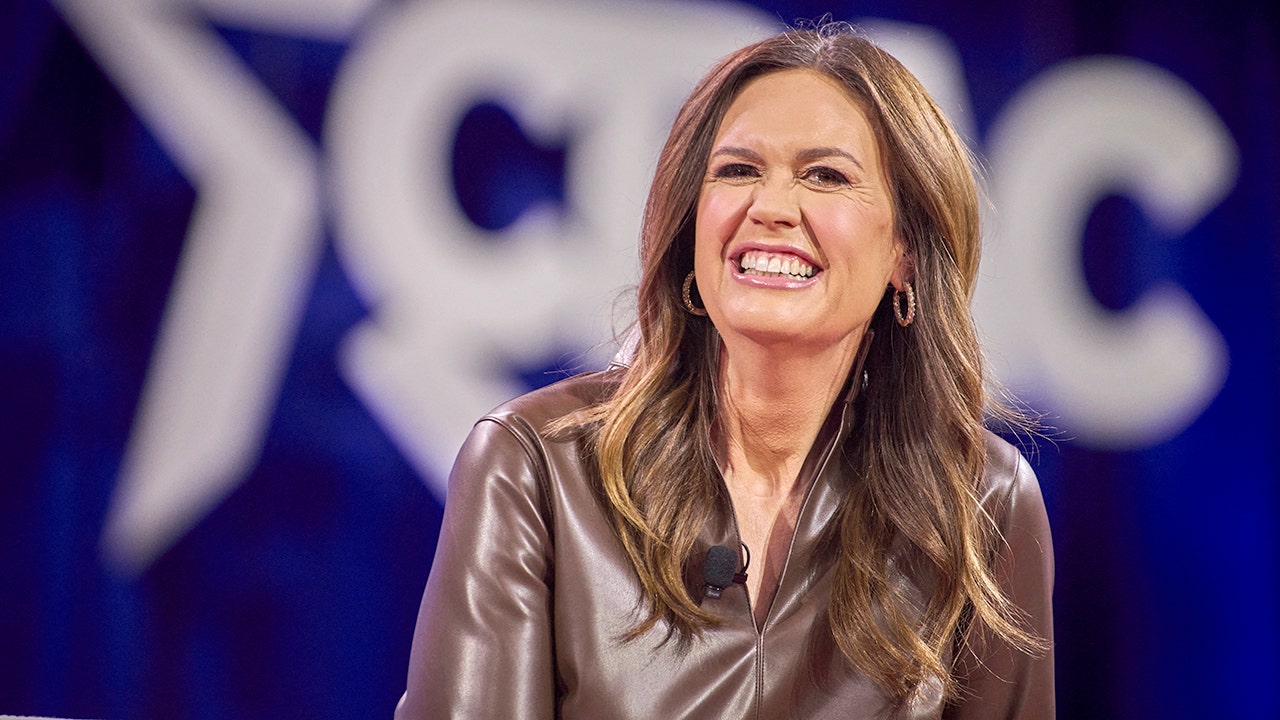‘The next time that there’s some sort of inflection point in our political culture … I think things could flare up on campus again,’ Manhattan Institute scholar Ilya Shapiro warns
Anti-Israel radicals spent four semesters ravaging college campuses across the nation, storming buildings, establishing illegal encampments, attacking Jewish students, barging into classrooms, and vandalizing school property. Suddenly, they’re silent.
The fall 2025 semester is roughly halfway through, and anti-Israel agitators have yet to make a splash, retreating well before the Trump administration brokered a peace deal between Israel and Hamas. Even on the second Oct. 7 anniversary, the most notorious anti-Semitic student groups remained relatively quiet, taking protests off campus with only minor incidents, although Hamas flags and “river to the sea” chants still made appearances.
Outside experts credit President Donald Trump for applying pressure on universities, forcing them to crack down on campus radicals. His administration has frozen schools’ federal funding, launched civil rights investigations, and threatened their accreditation status, to name just a few actions. University administrators have gotten the message, Foundation for Defense of Democracies executive director Jonathan Schanzer told the Washington Free Beacon.
“These schools understand that if they allow violence and intimidation and hate speech and chaos to erupt on their campuses today or really at any time in the future … there will be Hell to pay with the Trump administration,” Schanzer said. “Trump has made this extremely clear. He has been unambiguous about the price that will be paid for this kind of activity, and so I think the schools are on high alert right now.”
According to Frederick Hess, the American Enterprise Institute’s director of education policy studies, recent disciplinary actions issued by schools like Columbia University, which came under pressure from the Trump administration, have helped lead to this semester’s campus calm.
“A huge chunk of the protesters were fair weather protesters,” he said. “They did it because it was exciting and exhilarating. It let them be part of a movement. When you risk getting suspended or expelled, when there’s actual consequences, a whole lot of these students are suddenly saying, ‘You know what? Maybe I’ve got other things I can do.’”
Other factors, like congressional investigations, lawsuits by students, declining donations, and even damaged public images, have contributed to the campus lull. Manhattan Institute senior fellow Ilya Shapiro said those elements have pushed university leaders to apply “rules that were already there” and take action against radicals running amok.
“The university leaders have figured out how to enforce their own rules,” he told the Free Beacon. “It does seem that schools have finally figured out the difference between protest, and disruption and blocking access.”
Shapiro also warned it’s too early to celebrate. He believes campuses could erupt at any time and the nation will again see the “failure of university leadership” that allowed student radicals to run rampant.
“You would hope that they would learn some lessons, but I think if and when something happens, there still will be weakness and failure at at least some institutions,” Shapiro said. “I don’t think anything’s been resolved.”
“The next time that there’s some sort of inflection point in our political culture, whether it be with respect to immigration enforcement, whether it be with next fall’s election, another development in Israel,” he continued, ” I think things could flare up on campus again.”
Columbia, in many ways, serves as a poster child for campuses that went from chaotic to calm. The school faced some of the most high-profile—and violent—anti-Israel disruptions, with two presidents resigning as they failed to rein in the mayhem. It was also among the first universities to grapple with a federal funding freeze and to make concessions to the Trump administration, issuing a range of disciplinary reforms.
Student agitators quickly learned their leashes were much shorter. In an early test, when anti-Israel radicals chained themselves to an entrance gate, Columbia security cut their locks and kicked them off campus—a significant departure from the school’s permissive posture.
The message soon became even clearer. Columbia called the police on agitators a few hours after they stormed a campus library in May, resulting in roughly 80 students being arrested and later suspended or expelled. By comparison, when radicals violently raided and occupied Hamilton Hall in April 2024, the university waited roughly 20 hours to bring in the police, and most students avoided punishment until last March when the Trump administration was pressing the school to address campus anti-Semitism.
This semester, Columbia’s student radicals haven’t caused a stir. They didn’t organize their own Oct. 7 protests, and instead joined others elsewhere in New York City. Although flyers featuring Hamas triangles were strewn about campus, a pro-Israel group was even able to hold a rally otherwise unencumbered.
A Columbia spokesman celebrated the calmness that has allowed “the university to maintain a campus environment conducive to learning and scholarship.”
“The university’s priority is to provide a safe and respectful campus environment for students, faculty, and staff, where all feel welcome and can thrive,” he said. “Achieving this requires our community to adhere to university policies regarding advance planning and notification of campus events and demonstrations.”
Read the full article here









